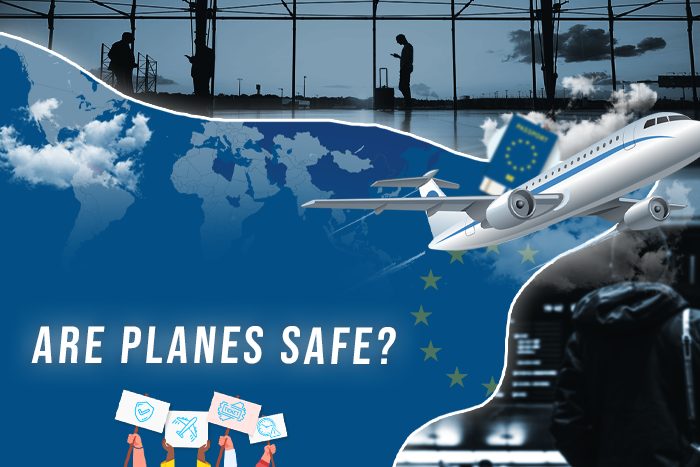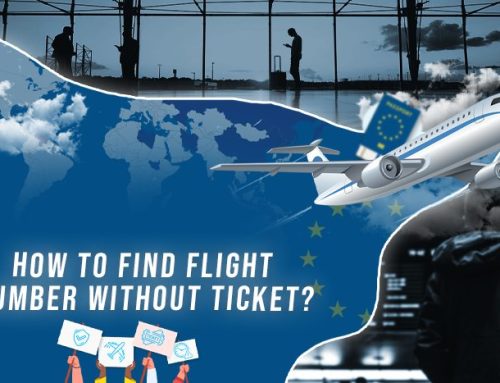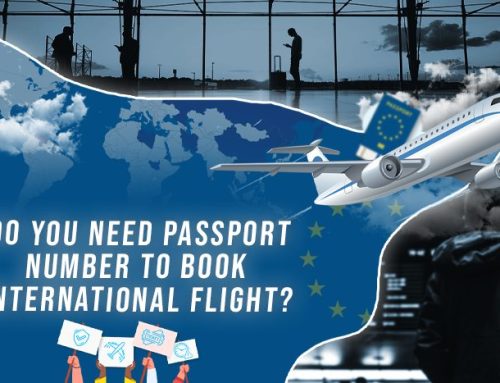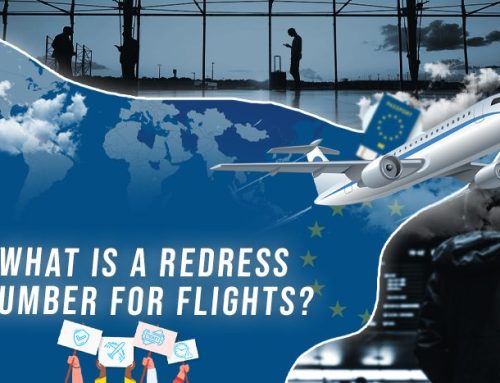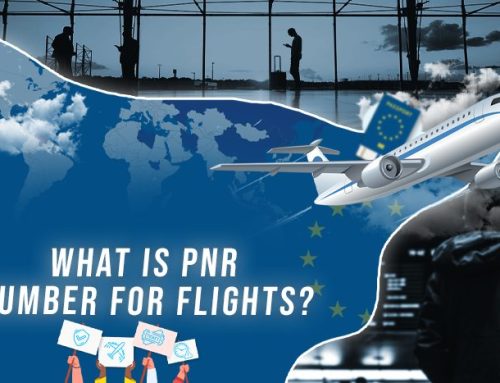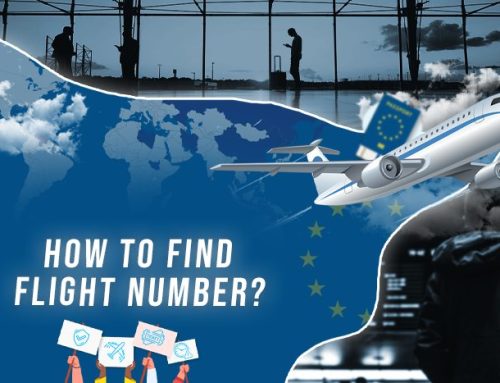As you’re considering traveling options, safety is top of mind. Not only is flying safe, but it’s also actually statistically the safest way to travel. There are far more fatalities with cars and trains than there are with planes, so hopefully, that gives you peace of mind the next time you’re flying the friendly skies.
Key Takeaways
- Flying is statistically the safest way to travel long distances. The probability of a fatal accident occurring during a flight is incredibly low, with only one fatal accident occurring every 4.2 million flights.
- Airlines are constantly innovating to improve safety measures and reduce the risk of accidents. From in-flight turbulence to emergency landings, the aviation industry has many systems in place to handle any situation that may arise.
- Fear of flying is normal and healthy, but it’s important to remember that the fear may not be based on actual statistics or facts. By keeping in mind the safety measures and statistics surrounding air travel, travelers can help ease their concerns and enjoy a safe and efficient travel experience.
Flying By The Numbers
Flying is actually the safest way to travel long distances. In fact, billions of passengers fly with various airlines across the world each year, and there is only a fatal accident every 0.28 million flights. What that means is that there is just one fatal flight per 4.2 million flights.
Now, if you or someone you love is on that one fatal flight, it can be difficult to believe that flying is safe, but when you compare it to car crashes, the odds are much more in your favor. For example, it’s suggested that there’s an average of 102 car accidents per day, which results in about 37,461 fatalities per year.
That’s not to say you need to fear driving now. On the contrary, being a vigilant and aware driver can help you prevent accidents each time you’re behind the wheel. It just means that, comparatively speaking, flying is an incredibly safe way to travel.
How Are Airlines Improving Safety?
Just because planes are safe doesn’t mean that airlines are patting themselves on the back. Instead, they are constantly innovating to make air travel even better. There are many regulation and audit committees in place that help provide governance to air travel. They review reports to see what happens, analyzing data to identify issues and address them before they become larger issues.
For example, in-flight turbulence can be dangerous for some passengers, and they are looking at ways to help reduce these injuries, including how to report and avoid areas of turbulence. Turbulence may not destroy your plane, but it could potentially harm you.
What Happens In The Case Of Emergency?
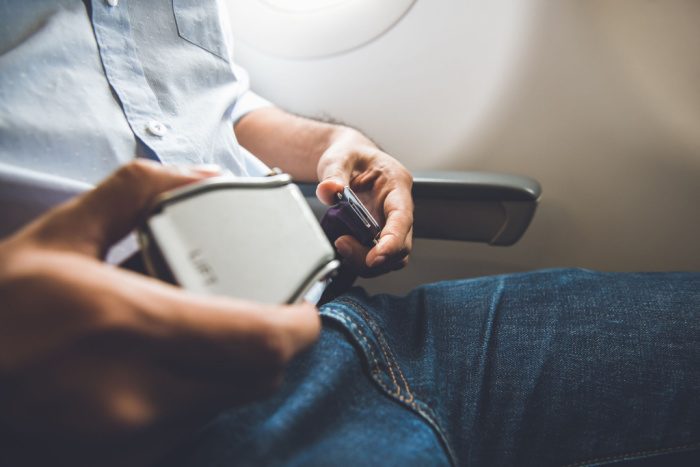
Many planes are equipped with backup systems, so if something happens to your plane’s main systems, there is another that will kick on and help you get to somewhere safe for an emergency landing. The probability of both engines failing is less than one in a billion, so take comfort in knowing there’s always a backup plan.
Additionally, unless you’re flying over an ocean, you are always within easy distance of an airport should you need to stop. Pilots have undergone extensive training, so if the automated systems fail, they are capable of piloting the plane manually.
Lastly, there are often doctors or nurses on board! If there is a medical emergency, the flight staff has been trained in CPR, while medical providers can also offer assistance as needed. Ultimately, no matter what type of emergency, the staff and plane itself are equipped to handle all that could occur while flying.
So, Are Planes Really Safe?
Yes, planes are really safe. They are the safest way to travel and often the quickest way to get you to your final destination. While they may not be the most environmentally sustainable way to travel, they are statistically safer than all other modes of travel.
Many people have a fear of flying, which is completely normal and healthy. After all, you’re over 30,000 feet above the ground. It’s difficult not to imagine plummeting to your death! However, try to keep the catastrophizing to a minimum during travel. You have more than one in a billion chance that you’ll get to where you’re going in one piece! You got this!
Frequently Asked Questions
-
Is flying the safest way to travel?
Yes, flying is statistically the safest way to travel long distances.
-
How often do fatal accidents occur during flights?
On average, there is only one fatal accident for every 4.2 million flights.
-
What safety measures are in place to ensure passenger safety during flights?
Airlines have many safety measures, including backup systems, well-trained pilots, regulations, and audit committees monitoring air travel.
-
What happens in the case of an emergency during a flight?
Many planes are equipped with backup systems, and pilots have undergone extensive training to handle emergencies. In addition, medical professionals may be available on board to assist with any medical emergencies.
-
What should I do if I have a fear of flying?
Fear of flying is normal and healthy, but it’s important to remember the safety measures and statistics surrounding air travel to help ease concerns. You can also speak with a mental health professional for additional support.
